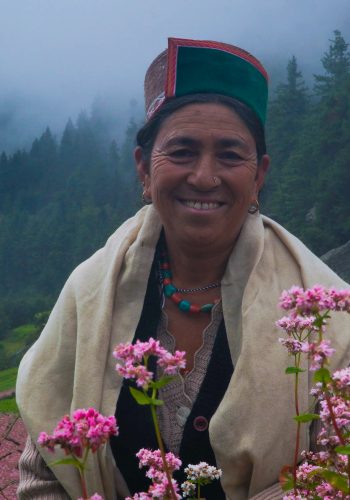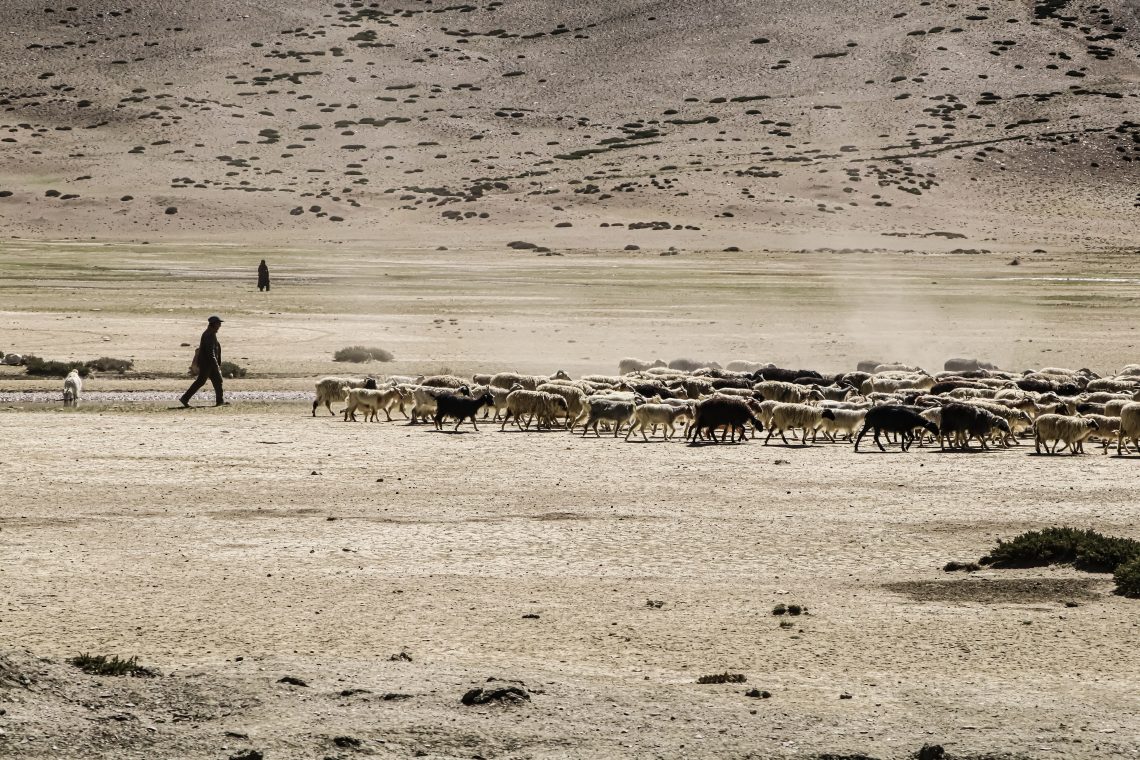
From nomadic roots to social entrepreneurship in Ladakh
From creating local employment to donating solar lamps to nomads in a remote Ladakhi region, a 38-year-old semi-nomadic entrepreneur from Leh is taking everyone along to develop a flourishing ecosystem that supports local artisans
Story by: Nawang Phuntsog
I was born into a semi-nomadic family of herders in Teri village, around 100 kms east of Leh in the Changthang region of the Tibetan Plateau. By semi-nomadic, I mean we also own agricultural land, do farming and have goats and sheep.
Winters in Ladakh are extremely cold and long – and my village is no exception. Covered in a white blanket of snow, it looks absolutely stunning during this period. Many wonder how we brave sub-zero temperatures and go about with our routine chores. Well, that surely isn’t easy, but we are taught to embrace and appreciate every aspect of our life at a very young age.
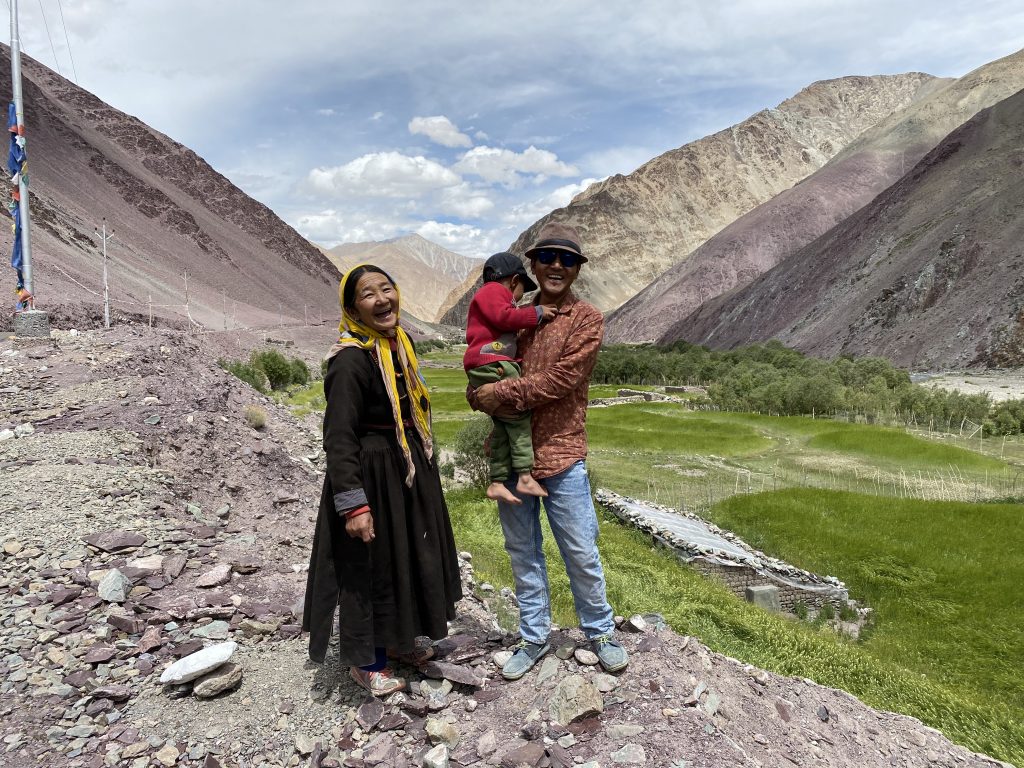
For centuries, we have survived these extremely frigid and bleak periods of life with remarkable resilience and strength. We might have limited access to resources during this time, but you will never see us complaining – because this is our home and this is where we belong. In winter, as temperatures drop to sub-zero, we don’t get fresh fruits and vegetables. In my village, access to a nearby market is also restricted because most of the roads get blocked during snowfall.
I am the third of seven siblings. There never really was a boring moment in our lives as we were always up to something. Especially in winter, when my brothers and I enthusiastically went out to graze our young goats and sheep around the village. We also used to carry baskets to collect firewood. Sometimes, we would sit in those baskets to slide on the ice. It used to be so much fun, though by the time we’d reach home, our shoes would be wet and cold. But looking back, I feel how much we enjoyed it.
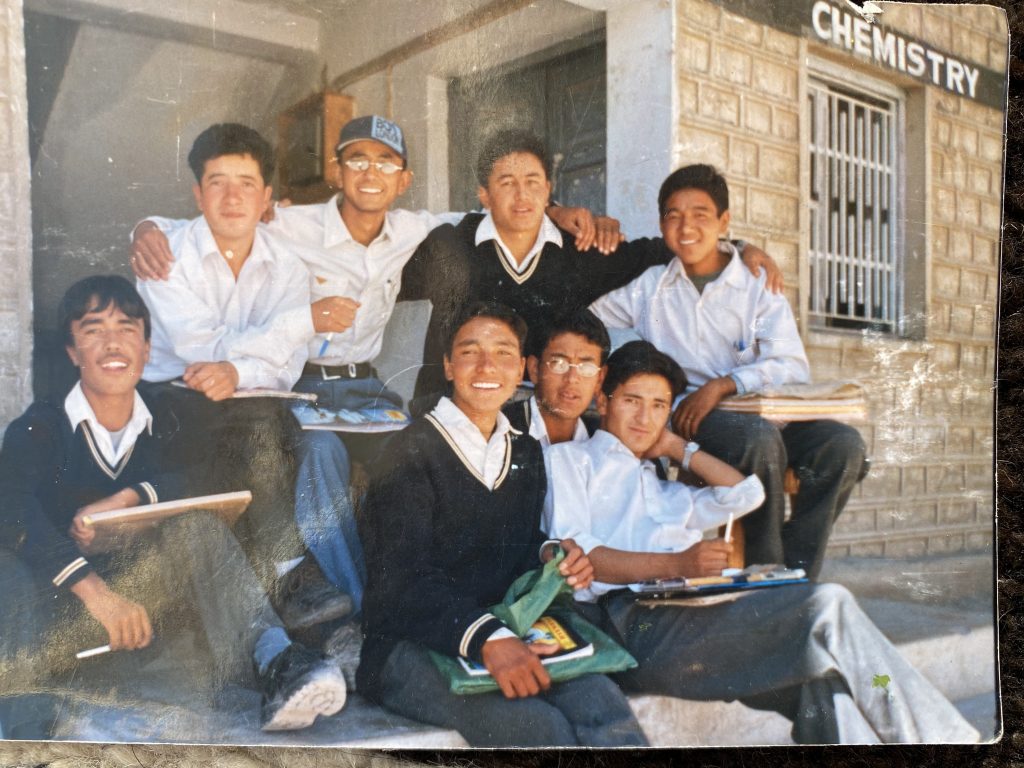

I studied in the village school till fifth standard. Learning from school wasn’t that good, but lessons from Mother Nature were abundant. I will never forget playing with marmots or exploring bird nests, observing how they hatched and raised their young very closely, during our summer grazing expeditions. Being so close to nature is a blessing and I feel lucky to have gathered such experiences. But at this point in time, I knew very little about my nook of Ladakh – Changthang.
It was only after I went to Nyoma – 90kms from my home and a prominent block in the Leh district – for my high school that I realised how big this region is since students from all over Changthang came to my school for studies. From them, I learnt about the cultural diversity and vastness of Changthang, which is also home to a nomadic tribe called the Changpas, who rear yaks, horses and sheep, alongside the famous Changthangi goats. Or simply put, the pashmina goats.
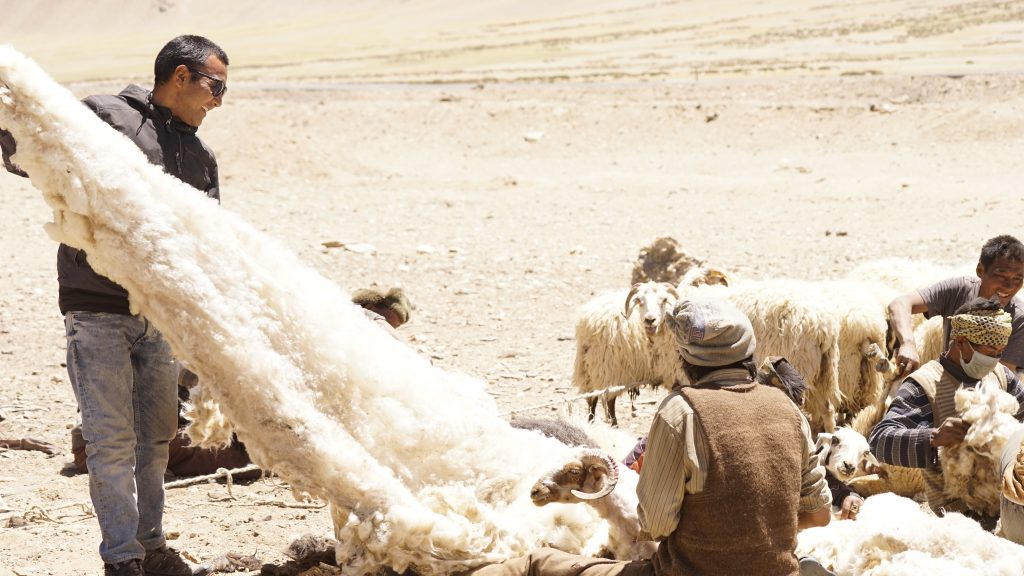
But I had no idea that I would be working so closely with these nomads or will have anything to do with pashmina. In school, I wanted to be a doctor.
Sometime around 2003, I was selected for a crash course that the Ministry of Textile in collaboration with Ladakh Autonomous Hill Development Council had started ahead of the launch of the Pashmina Dehairing Project in Leh that would be run by a co-operative group called All Changthang Pashmina Growers Marketing Society. The main purpose of this project was to offer the right price to the poor Changpa nomads who were selling the raw material to middlemen at throwaway prices! The hard-working nomads were being exploited. And pashmina being the high-valued export of Ladakh, the project had massive potential for locals in terms of employment opportunities.
During the 15-day training, we learnt many intricate things about textile machineries. To begin with, we understood how these machines worked and a lot about this super-fine fabric, also known as cashmere. Collected from the undercoat of the Changra goats that are reared under harsh climatic conditions, the cold and arid region of Changthang is essential for the development of the finest pashmina in the world. Moreover, pashmina is obtained by combing goats’ hair with a special comb and not through shearing, as is done on sheep to obtain wool fleece.
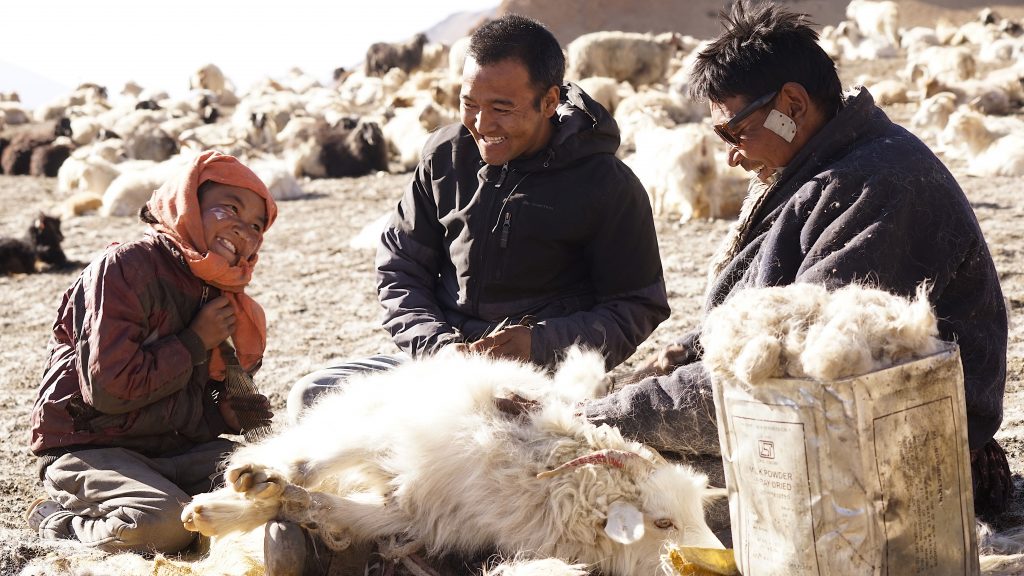
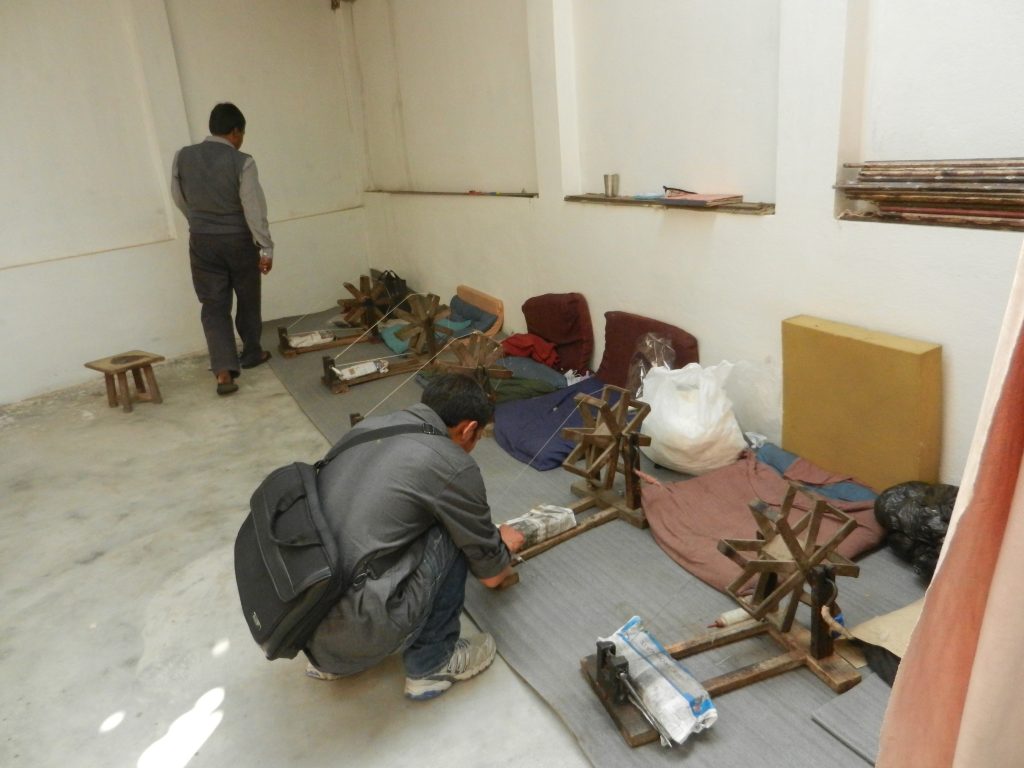
After we finished the training, five people from Changthang, including me, along with government officials, were sent to Punjab to familiarise ourselves with the machinery and their workings. After we came back, we assembled these machines in Leh for the project. In 2005, we were sent to China for a month’s training to understand the entire pashmina processing that includes scouring, willowing, dehairing, spinning and weaving. There we worked in big factories and did things like testing the fibre. This training helped me immensely in understanding the intricate process of pashmina making.
While the Changthang Pashmina Grower Cooperative Society managed to provide good rates to the pashmina growers, I realised that the pashmina that was being exported or sent outside Ladakh was majorly in the raw form. I strongly believed that we could add more value to the raw material and make handmade products. This would help generate employment for local people. However, all we were involved was in dehairing.

In 2010, I left my job as a technician to embark on the entrepreneurial journey. My semi-nomadic roots and my immense love for these nomads and their animals were my motivation. Since my mother is from a nomadic family, we often have many nomadic guests coming to our house.
I still remember how during my childhood, they used to bring salt loaded on their sheep and exchanged that with us for barley or fodder for their animals. They didn’t have easy access to these essential things. I very much understood and still understand their hardships and struggles. Thus, to honour my heritage, I started my own venture by the name — “Nomadic Woollen Mills”. My sole aim was to utilise all my learnings to create an ecosystem that offers employment to local artisans, besides creating beautiful pashmina products.
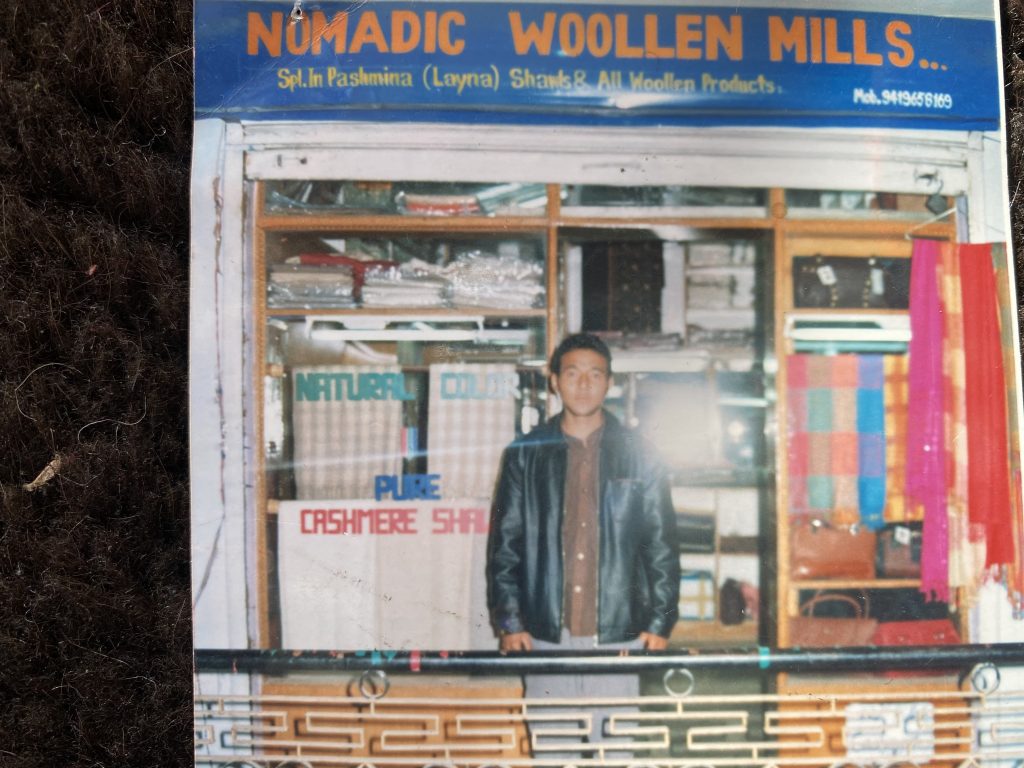
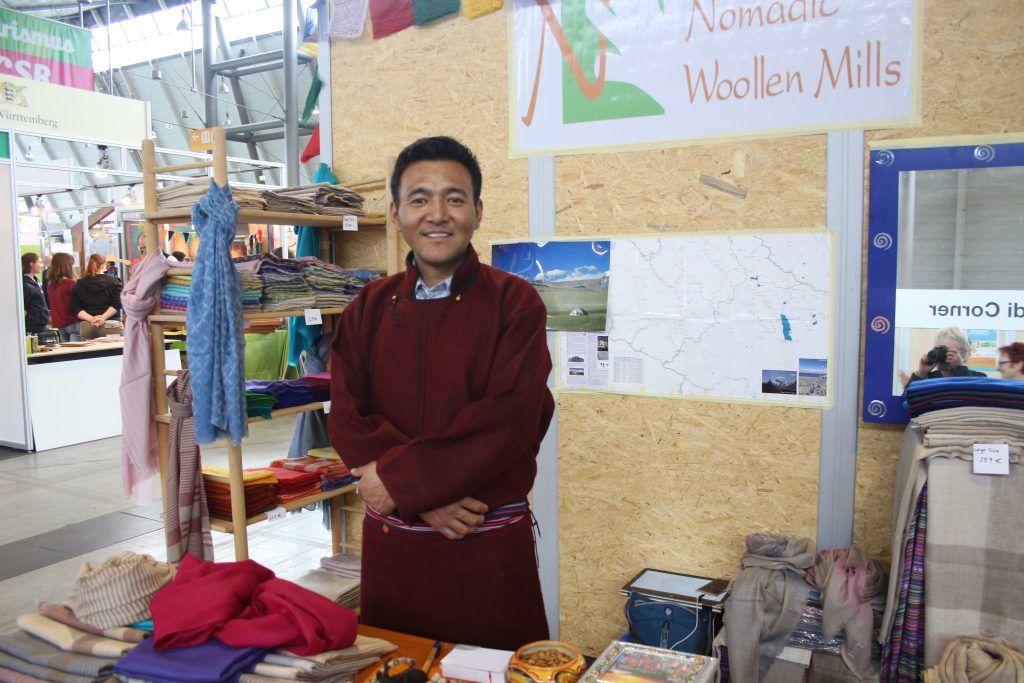
I began by training local women in pashmina spinning, knitting and weaving. This didn’t take much time because Ladakhi people generally are multitaskers. For instance, my father is a mason, veterinarian, tailor and carpenter, and my mother is a very good spinner, weaver, dyer and tailor. Even my grandfather was very good at making slingshots, ropes, woollen shoes etc.
Since Ladakhi women engage in all these activities for creating woollen products, all I had to do was to train them in a different material – pashmina. Additionally, I organised designing and sizing training classes for them so that we could make products for commercial purposes. I had first started with a small shop, but eventually, the business grew and in 2016, I opened a new shop that is bigger than the previous one. I also offer live demonstrations of pashmina weaving and knitting in the shop, an idea that has been quite successful.
I procure pashmina from Changthang Pashmina Grower Cooperative Society (CPGCS). It is the nodal agency, affiliated with the state-run Ladakh Hill Development Council, which purchases raw pashmina directly from the pastoralists at a fixed rate. The cooperation then brings the pashmina to Leh, processes the coarse fibre to a fine texture, of which only 5% remains in Ladakh.
There have been concerns about unethical practices being employed during pashmina production. It is believed that an increase in demand for pashmina has led to the pressure of lowering its cost, leading to untimely shearing of Changthangi goat’s coat. In this context, it is important to note that the CPGCS uses ethical practices to produce the finest pashmina. They only follow the traditional practice of coming to collect the pashmina in the raw form from the goats’ undercoat.
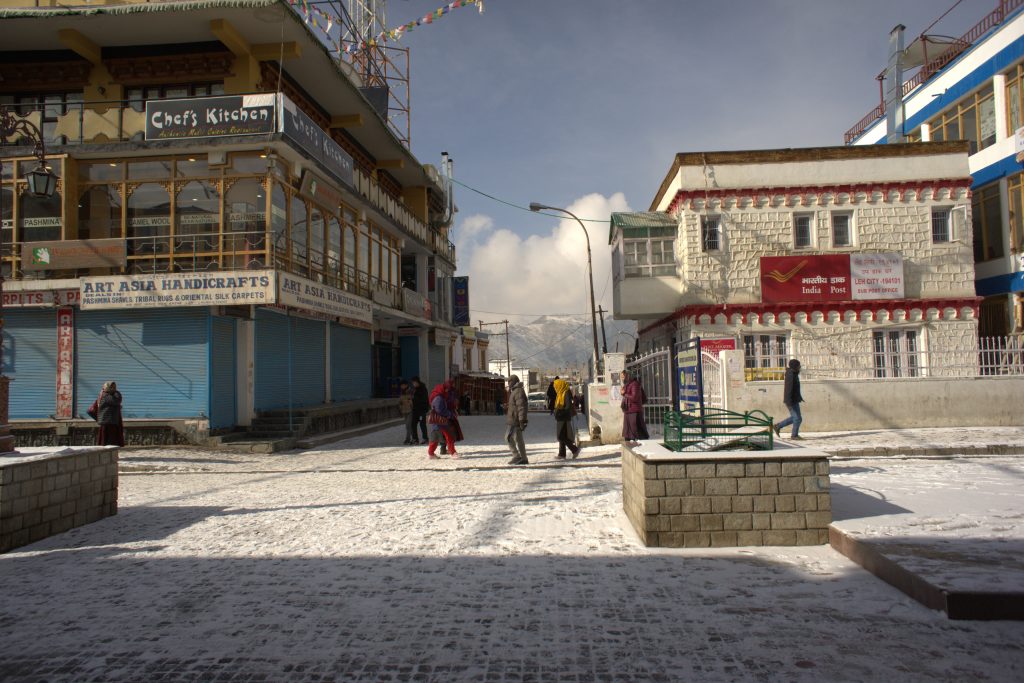
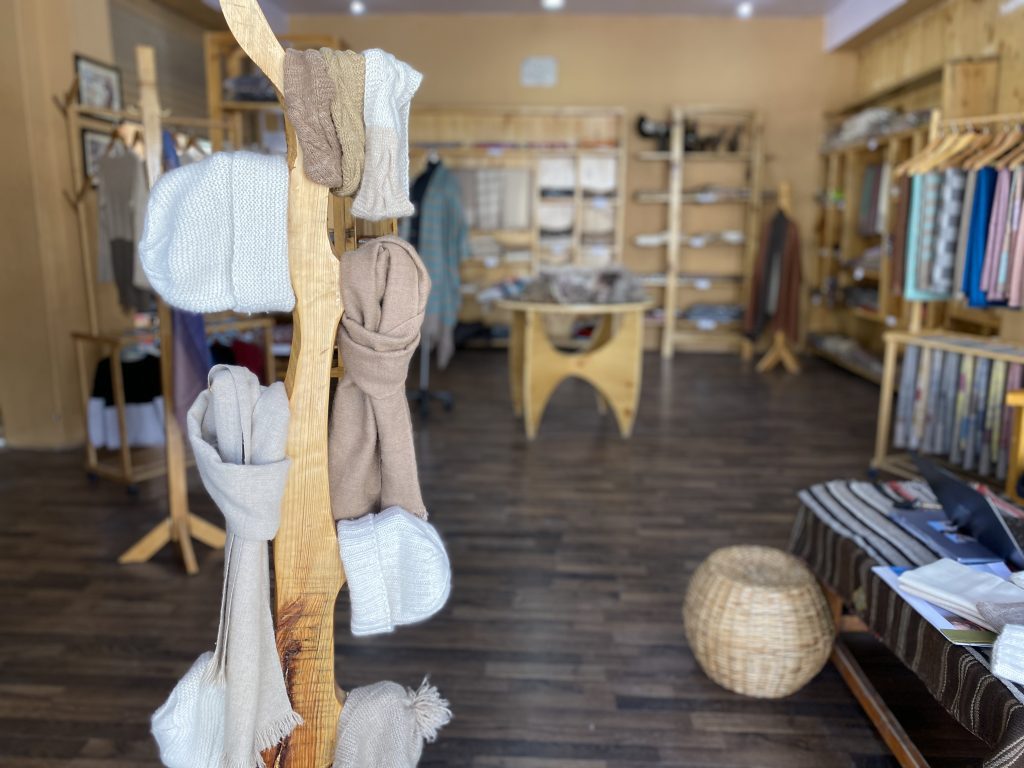
Over the years, I have built a sustainable and supportive ecosystem for women artisans in Leh who cannot go to work because of children or aged parents. I give them the flexibility to work from home.
Additionally, unlike Kashmir where craftsmen such as spinners, weavers, embroiderers are available throughout the year, it is difficult to find spinners here in summer because women folks are busy in the field or other seasonal work. Thus, a majority of pashmina work has to be undertaken during winters. So for winter, I have also set up a wool carding unit where local women bring their wool for carding, a process to separate the entangled lumps of fibre into individual fibres. Alongside this, we also design pashmina products like shawls and scarves for the next summer season.
My focus is to grow the business and generate more employment for local women. I have also been very lucky to meet wonderful people during exhibitions across India and abroad, who continue to help me redraw strategies and tap new markets.
In the endeavour of creating livelihood opportunities for women from the villages, I am getting ample support from the team of the Global Himalayan Expedition (GHE), who have also played a vital role in introducing my pashmina work to the global audience. Now, the GHE team have collaborated with me for a sustainable livelihood project for women in remote villages. For this, I will be training selected women from the villages in producing high-quality handcrafted pashmina products.
The project has a two-pronged approach: First, we hope to educate the global audience about the origins of pashmina; second, GHE aims to develop these remote villages as potential sustainable tourism destinations where tourists can experience the real nomadic life of Changpas, their practices and also get to interact with local women entrepreneurs to understand pashmina weaving skills.
Amidst all these developments, I haven’t forgotten my roots. That is why I believe in giving back. A few years ago, I had promised to donate wool-shearing machines to the nomadic sheep-rearing families in the remote Samad Rockchan region. However, upon reaching there, I realised they had no access to electricity. While it was disheartening, I wanted to keep up my promise by giving them something useful. Realising they still live in darkness, I donated solar lanterns to 69 families the next time.
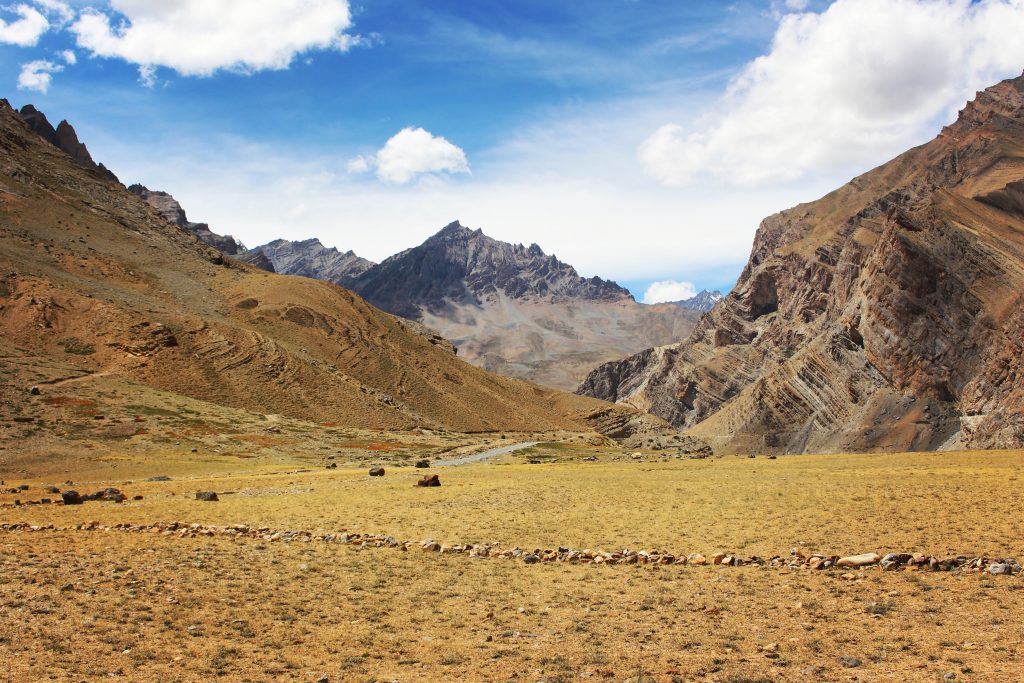
Over the years, the younger generation and several self-help groups have taken initiatives to develop handmade pashmina products and generate other positive business ideas. Yet, we are at a nascent stage because still, 95% of raw pashmina is being exported outside Ladakh. So the scope for business development, growth and employment generation is unimaginable but there is a dire need to develop a structured ecosystem.
Another threat, I feel, to the pashmina comes from the migration of the nomads. Many of them are migrating towards Leh city in search of better facilities, both for health and education. Moreover, their habitat is being disrupted because of climate change and the younger generation of herders is losing interest in carrying forward the tradition. But I think it’s time we find ways to develop a robust universe where nomads, weavers, craftsmen and locals flourish financially and creatively – and the rest of us remember our nomadic roots!
*Cover image: Sandeep Kr Yadav (Unsplash)
Meet the storyteller





